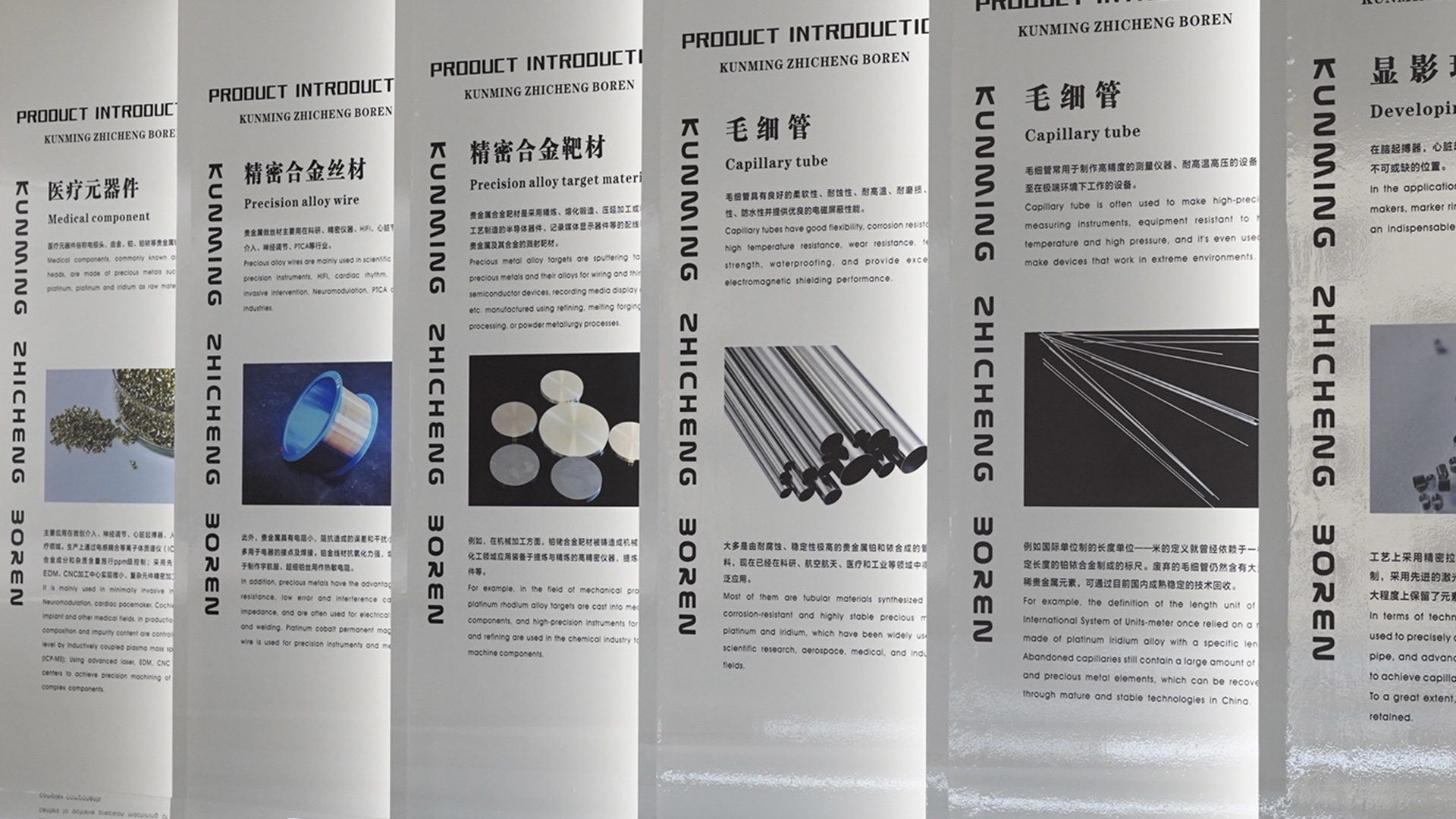Navigating the Essentials: What to Know About Platinum Crucible
The Platinum Crucible: A Key Player in the Lab
Hey there, science enthusiasts! If you're diving into the world of materials and chemistry, you're bound to come across something called a platinum crucible. This little gem is not just a fancy piece of lab equipment; it's a powerhouse that helps chemists conduct experiments with precision.
What Makes a Platinum Crucible Special?
First off, let's talk about what makes the platinum crucible a must-have in any serious lab. Platinum is renowned for its high melting point, exceptional resistance to corrosion, and durability. This means it can withstand the heat and harsh chemicals that would make lesser materials cry uncle.
Common Uses of the Platinum Crucible
So, what do scientists do with this shiny tool? Well, it's often used for melting, calcining, or even igniting substances. If you're working with precious metals or conducting experiments that require high temperatures, a platinum crucible is your best friend!
Quick Tips for Handling
- Always use tongs or gloves to handle the crucible—trust me, it gets hot!
- Ensure the crucible is clean before and after use. Residue can alter your results.
- Store it in a safe place to avoid any accidental damage or contamination.
Safety First!
Now, let's get real for a second. Working with high temps and reactive materials can be risky business. Here are a few safety precautions to keep your lab environment safe:
- Protective Gear: Always don your lab coat, gloves, and safety goggles. Better safe than sorry!
- Ventilation: Make sure your workspace is well-ventilated. Fumes can be hazardous.
- Emergency Plan: Familiarize yourself with your lab's emergency procedures. You never know!
Choosing the Right Platinum Crucible
Not all platinum crucibles are created equal, folks! Depending on your experiments, the size and shape can make a big difference. Whether you need a small one for minute samples or a larger one for bulk material, do your homework before making a purchase.
Here's What to Look For:
- Quality of Platinum: Ensure it's high-grade to withstand extreme conditions.
- Size: Choose a crucible that fits your intended use.
- Manufacturer Reputation: Opt for trusted brands to ensure reliability.
The Cost Factor
Let's face it—platinum isn't cheap! When investing in a platinum crucible, be prepared to cough up some cash. But hey, think of it as an investment in your scientific future. Over time, the durability and efficiency of using platinum will pay off.
Final Thoughts
In conclusion, a platinum crucible is not just a fancy accessory; it's a vital component in the chemistry toolkit. By following the tips and safety measures outlined above, you'll be well-equipped to make the most of this valuable tool. So, gear up, stay safe, and let your experiments shine!
Previous Page:



